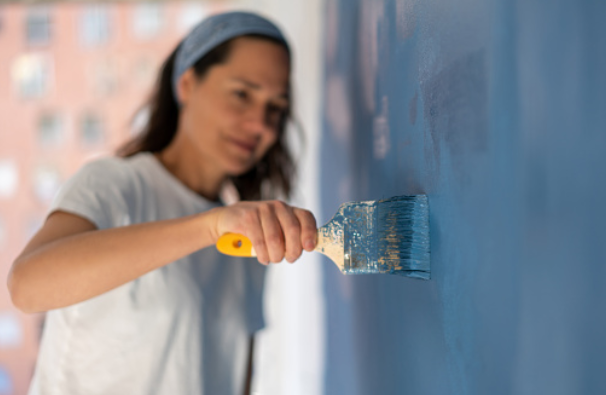Concrete staining in Orange County, CA, is absolutely a great way to give a fresher look to your old concrete. The good thing is that this is something that you may be able to do by yourself.
You might be sick and tired of your old concrete design, or you want to change the look of your home. Whatever the reason behind it, concrete staining can be an excellent option for you. But before you go ahead and start your little home project improvement, there are several things you should know.
Listed below are the five helpful tips you can apply to make sure your DIY concrete staining home project is a success.
Thoroughly Clean the Area
In any home projects such as painting, staining, or adhesive installation, the very first thing to do is to clean the area thoroughly. This an essential step because particle build-up could prevent the stain or any paint from bonding to the concrete surface, which would eventually cause chipping or cracking.
With concrete staining, it is also crucial to get rid of defects or stains on the surface because it often highlights concrete imperfections that go the same way with imperfect wood surfaces.
Check Color Charts
When choosing a concrete stain, you probably have done some research trying to match a suitable color on the specific area of your home. One of the best ways to make sure the color fits is to check on the color charts from the stain’s company.
But at times, color charts are not reliable. Stain reacts to concrete surfaces differently, making it hard to know if a particular shade exactly matches, it needs to be applied first until it dries. In that case, it is vital to find a small spot for a test area to see if the stain matches the color you are trying to achieve. Avoid staining the entire area to prevent color mismatches.
Learn some Techniques
Most people think that applying stain on their concrete would be simple and easy. That idea is quite right. However, you should know the exact rate of your stain coverage. To be able to figure this out, you need to examine the type of concrete surface you have at home.
With concrete staining, porous concrete surfaces need more stain to cover the area entirely. The technique is to continue applying the stain until the surface is fully covered, but you need to stop before puddling begins to take place.
Neutralize the Surface
After the stain application, waiting for it to dry isn’t advisable. For the best concrete staining results, you need to get rid of any excess residue and stain from the surface. After doing so, you can start neutralizing the surface.
Neutralizing the surface helps to seal the stain for it to be protected from any damage and to make sure that further staining doesn’t occur.
Apply Sealant Coating
Applying a sealant coating on the concrete surface is the final step you need to do. If the surface is not sealed, the stain will more likely wear out soon. It would easily flake, crack, and accumulate a substantial amount of dust and debris.
The last two steps are the most crucial part of your entire concrete process, make sure not to miss those steps out.
If you are considering a concrete staining project at home and wanted to work with a certified contractor. DCS Decorative Concrete Surfaces is here to help you with your home concrete staining needs.
Contact us anytime at (714) 563-4141, and we will help choose the products you will need to make your home improvement project a success.







